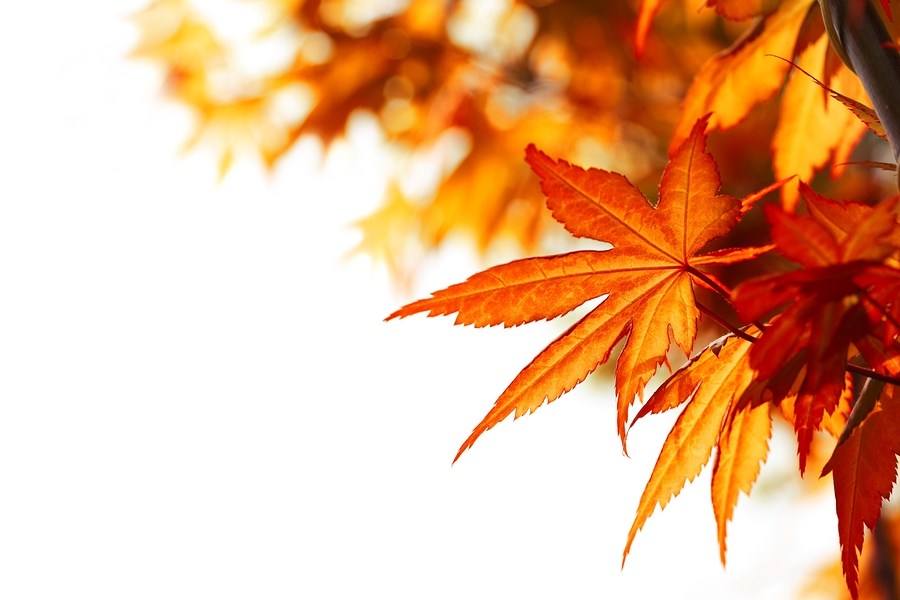Driving the Easterville road last week I noticed many mountain maples in lovely shades of red. The depth of fall colour in trees can vary from year to year depending on the growing season.
Another small tree to tall shrub with red fall colour is the pincherry, very noticeable along the edge of the forest. The single leaves are red and droop down, and the trunk is smooth and dark brown, almost black. Chokecherries also turn red, but are less common along the highway. The Saskatoon berry turns yellow in fall. The leaves are finely toothed and almost round.
You can search online for images of the various trees and shrubs to help identify them, but beware, images online are not always identified correctly. An excellent resource for our native plants is the book Plants of the Western Boreal Forest and Aspen Parkland by Johnson, Kershaw, MacKinnon and Pojar, ISBN 1-55105-058-7, Lone Pine Publishing.
Another fall colour, red-purple to purple can also be seen now. In damp areas the bush cranberries, Viburnum edule, turn a reddish-purple and still have red berries on them. Deep purple shrubs with red to yellow twigs are red-osier dogwood. Select a shrub with branches that have a good red colour to add winter interest to the garden. The white berries are not edible.
Harder to recognize this time of year, potentilla tends to grow in limestone areas. There are many along Hwy 39. They are easily recognized in summer by their many yellow flowers.
Evergreen juniper shrubs are variable in shape from vase shaped to more rounded. They can be difficult to transplant – look for small plants. Also difficult to transplant, and difficult to find, is creeping juniper.
When you find the plants you want, take a look around to see where they like to grow. Are they in full sun? Do they get shade for part of the day? Is the soil sandy or rich in humus? Growing in limestone areas? Moist or dry conditions? You want to match the growing conditions as closely as possible in your yard.
Select small plants and get as much of the root system as possible. Remember, roots grow outward. Keep the roots shaded and moist until planting. Dig a hole wide enough to spread out the roots in a circle, and plant at the same level that the plant was growing in the wild. Backfill and water. To help your plant get established do not allow grass to grow over the root zone. The first growing season a new plant will concentrate on growing roots, while in subsequent years it will grow in height and width.




